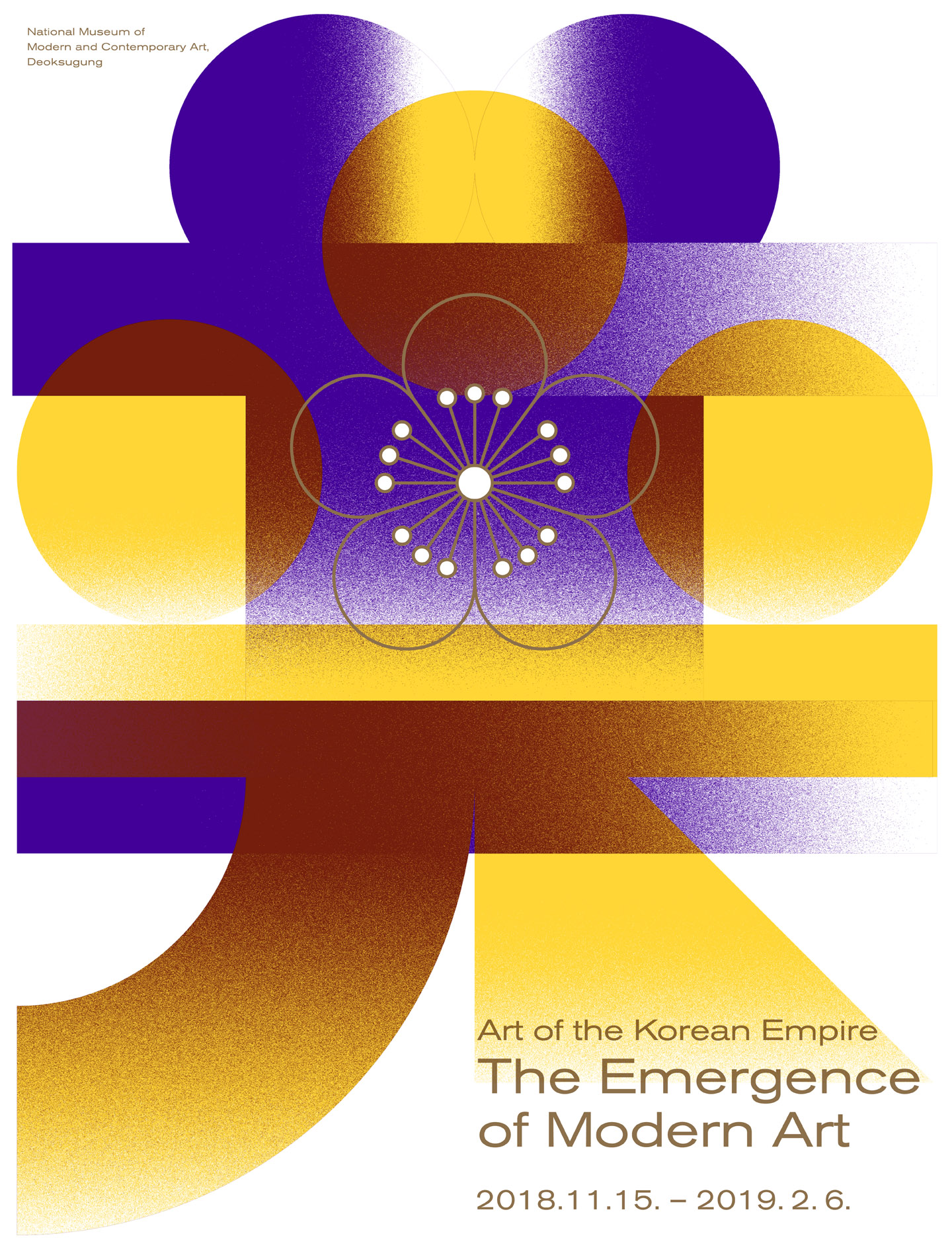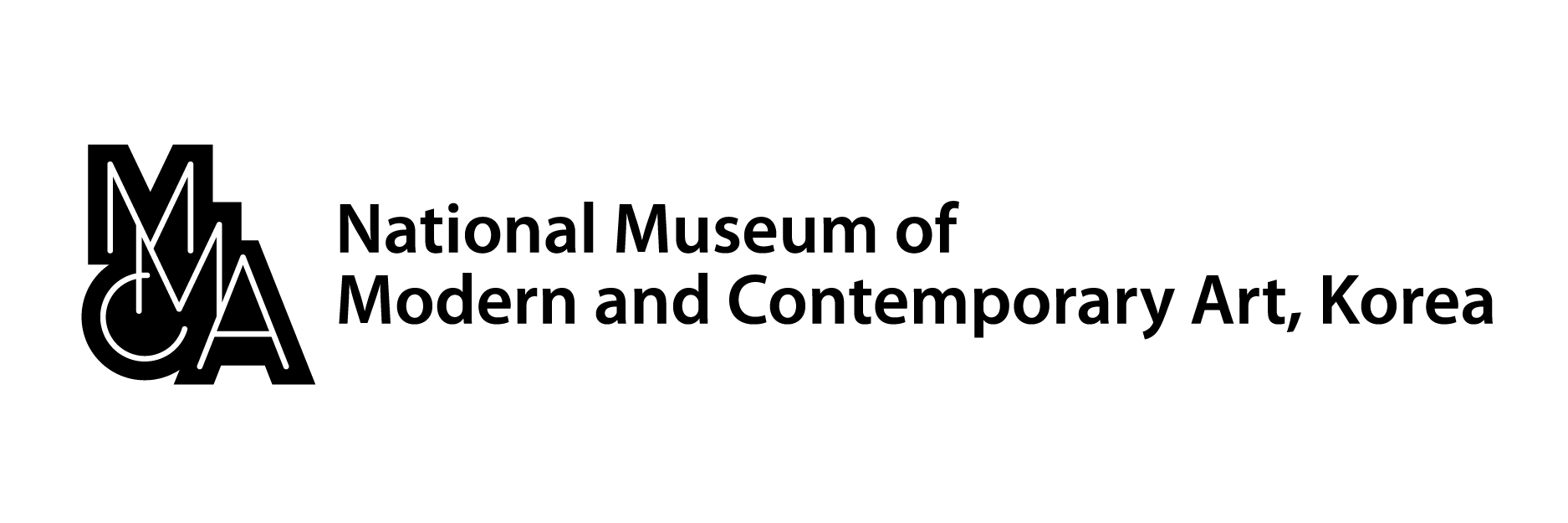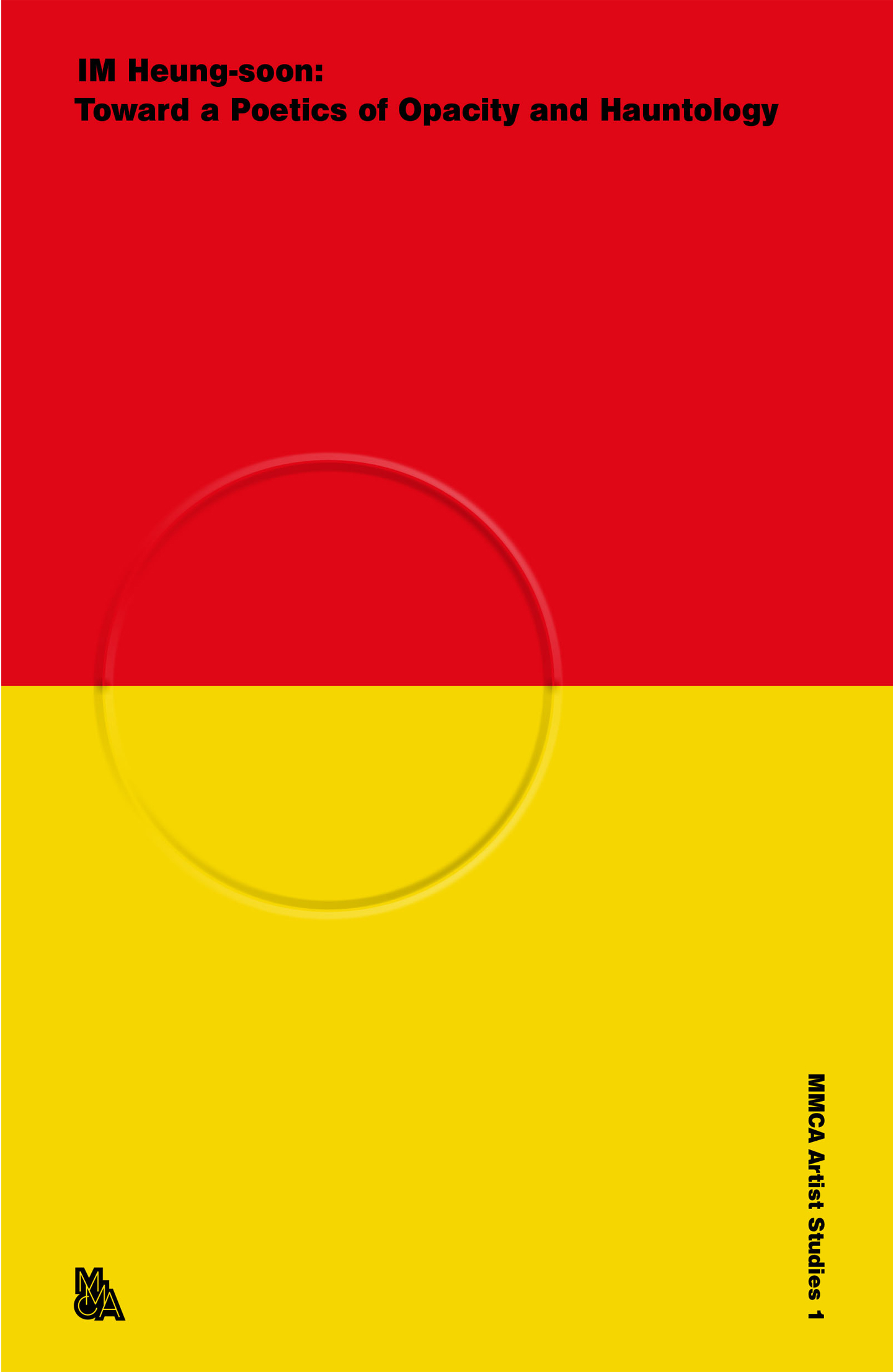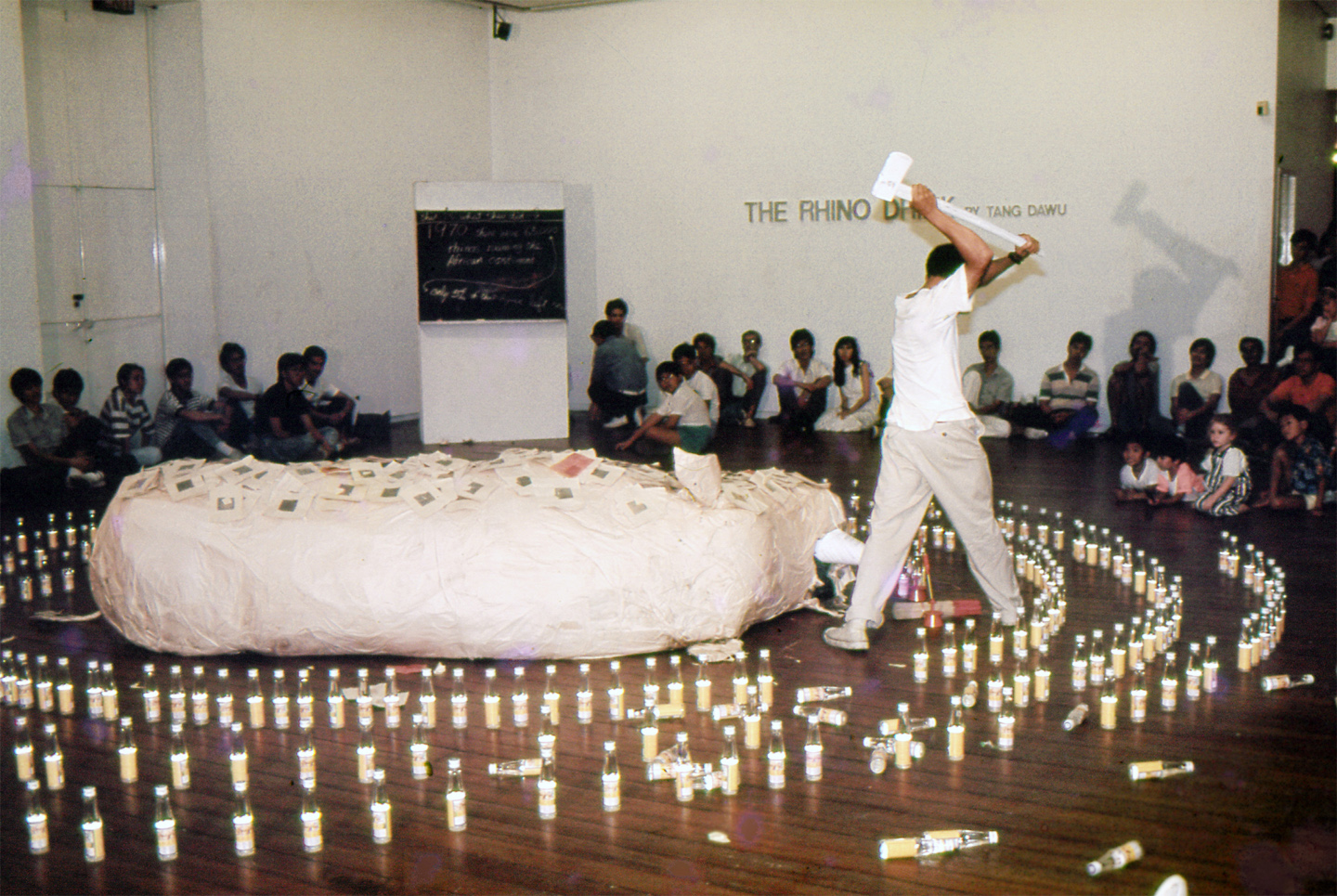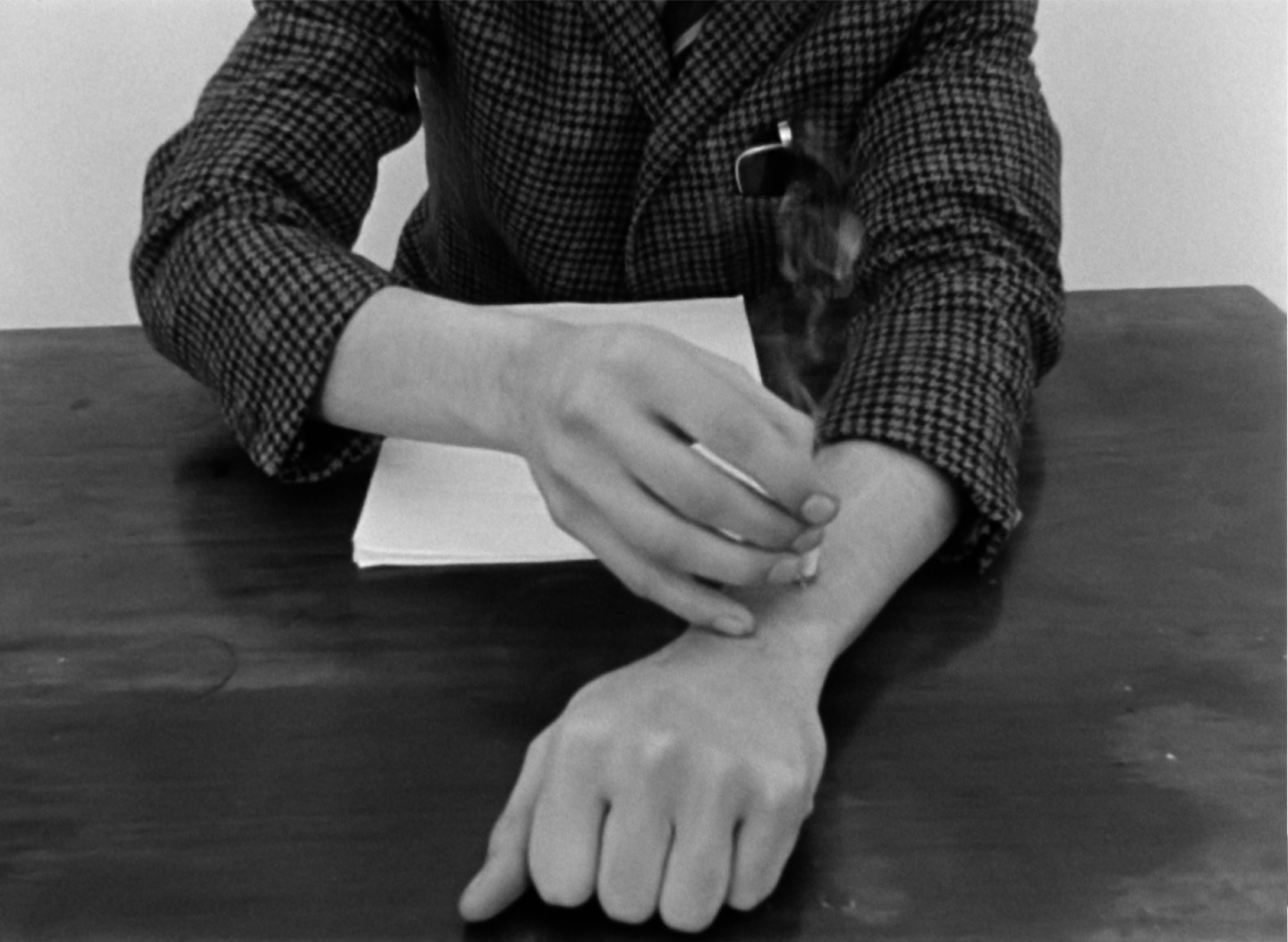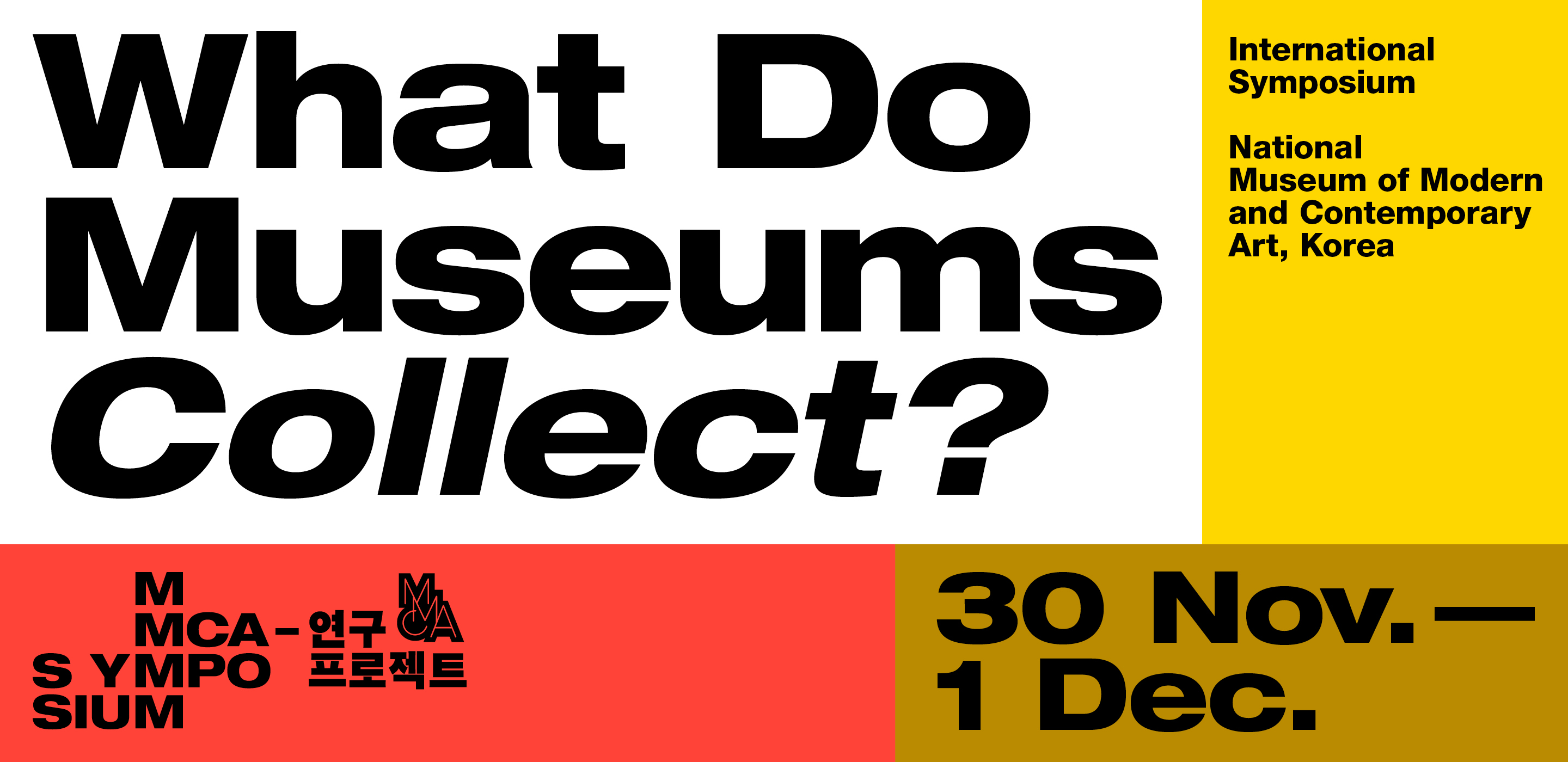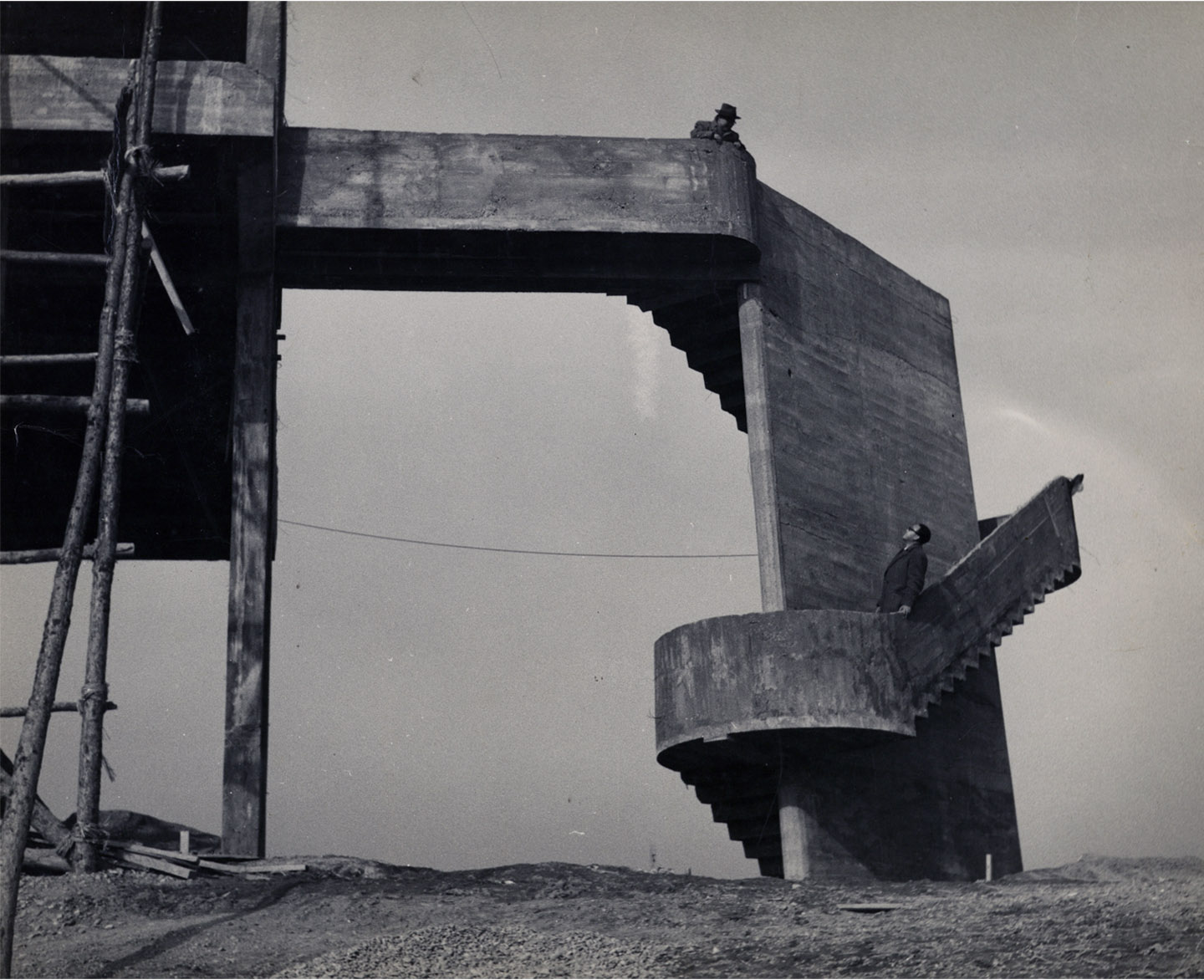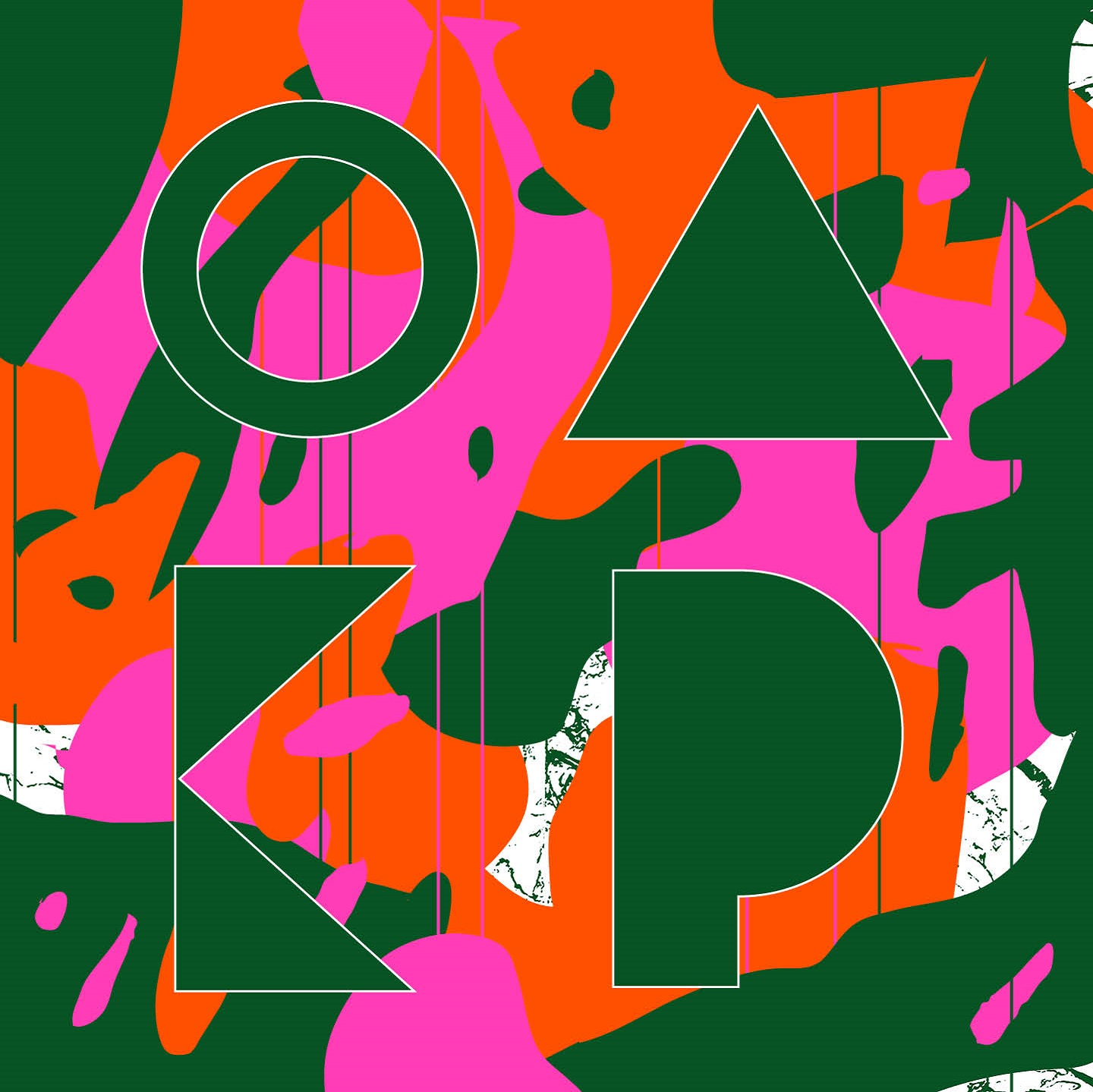November 15, 2018–February 6, 2019
Featuring Kim Chang-hwan, Kim Eun-ho, Ahn Joong-sik, Cho Seok-jin, Kim Kyu-jin, Chae Yong-sin and more
Art of the Korean Empire :The Emergence of Modern Art sheds new light on the art of the Korean Empire from the turn of the twentieth century. In particular, the exhibition focuses on the “art of the state,” exploring how the expansion and transformation of imperial court art led to fundamental changes in the overall field of Korean art. The Korean Empire, which began in 1897 under Emperor Gojong (r. 1863–1907) and ended in 1910 with the forced abdication of Emperor Sunjong (r. 1907–10), has long been perceived as a dark period of Korean history that preceded Japanese colonial rule (1910–45). Recently, however, a more objective historical evaluation of this formative period has been taking place in academia, revealing how the nation came together in a time of unprecedented turmoil to push towards modernization and to support Emperor Gojong’s diligent efforts to assert national sovereignty. The history of the Korean Empire is now being rewritten in a more balanced way, impartially examining both its flaws and merits. While these assessments are still ongoing, it is now agreed that the Korean Empire represents a crucial turning point when Korea advanced into the age of modernity despite tremendous political and social challenges.
Echoing the negative view of the time period, the art of the Korean Empire has been either ignored or critically dismissed. For years, the prevalent view has been that the influence of Japanese and Western art was indiscriminately and inevitably accepted, due to the political circumstances. To make matters worse, this period is also associated with the rapid decline of the venerated artistic tradition of the Joseon Dynasty. In truth, during the Korean Empire, great efforts were made to preserve this legacy, with foreign elements being embraced as a way to improve, rather than replace, the existing cultural traditions. Through this process, the entire artistic and visual culture of the nation was transformed, as exemplified by the new art of the imperial court, which embodies the vision and intention of Emperor Gojong.
The Korean Empire was unquestionably a formative time in art history, when various phenomena converged to lay the foundation for Korean modern art. Those phenomena include new forms of expression in imperial court art; the introduction and transformative impact of photography; the rise of industrialization, which split traditional handicrafts into two distinct branches (commercial and artistic); and the new conception of artists as brilliant creators, rather than skilled technicians. As the first exhibition to comprehensively examine various types of art from the Korean Empire—including painting, photography, and handicrafts—Art of the Korean Empire aims to become a benchmark for the ongoing revision of the historical and critical conception of Korean modern art.
For more information, visit the website of the National Museum of Modern and Contemporary Art, Korea.
